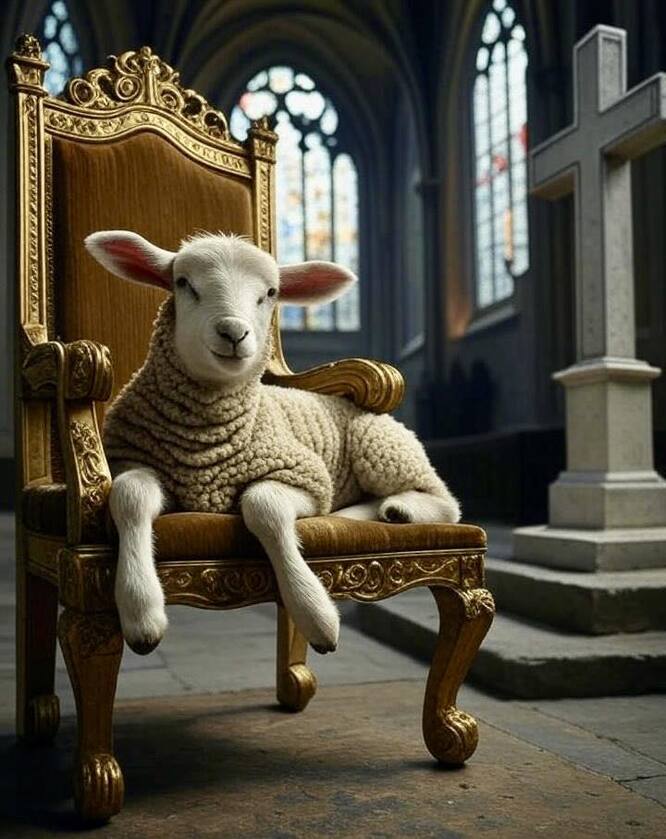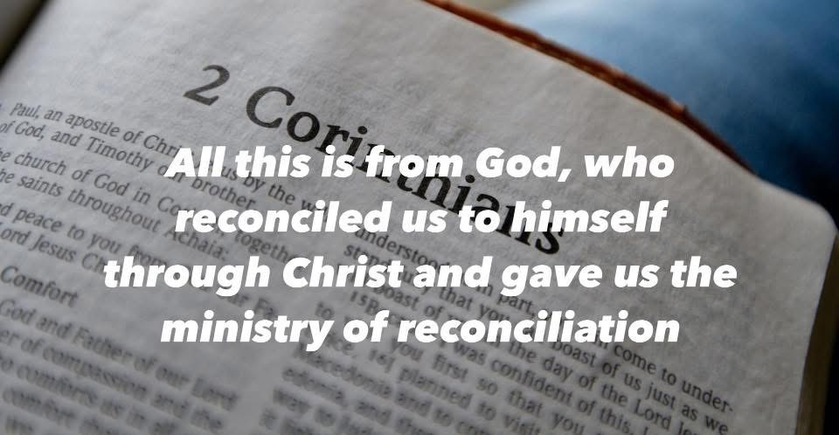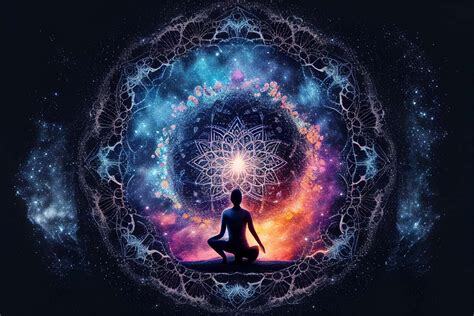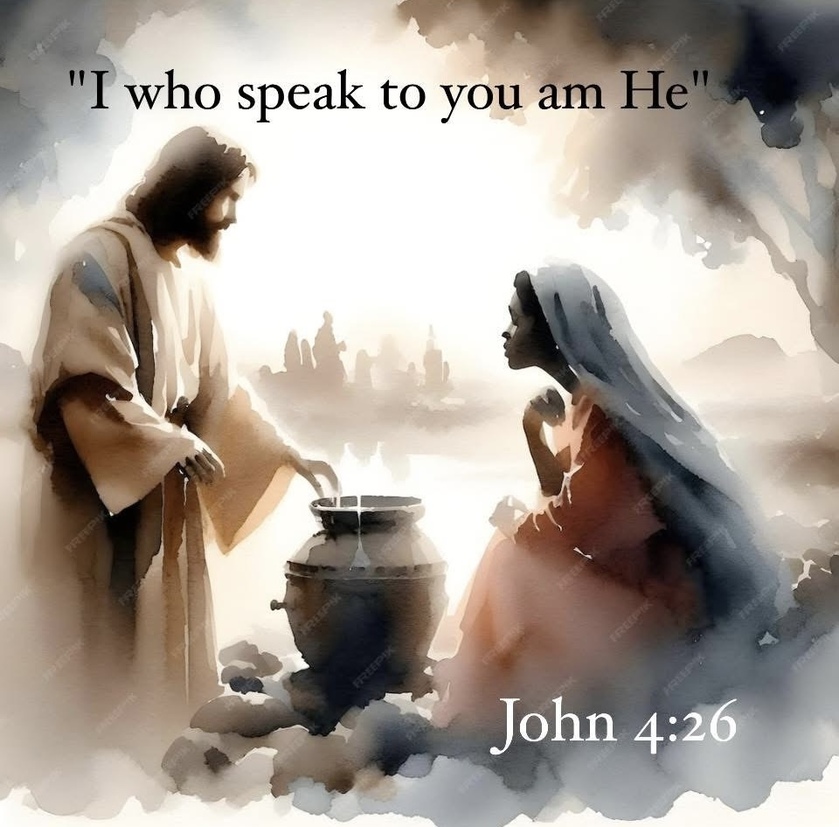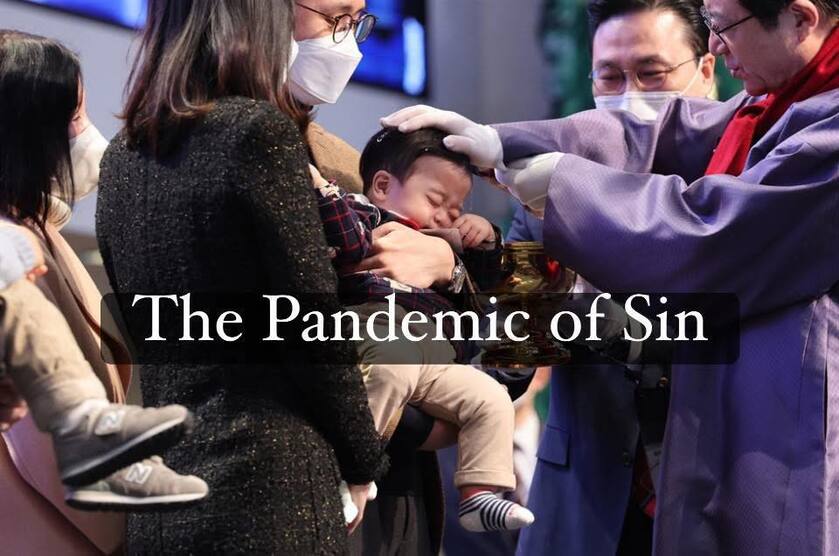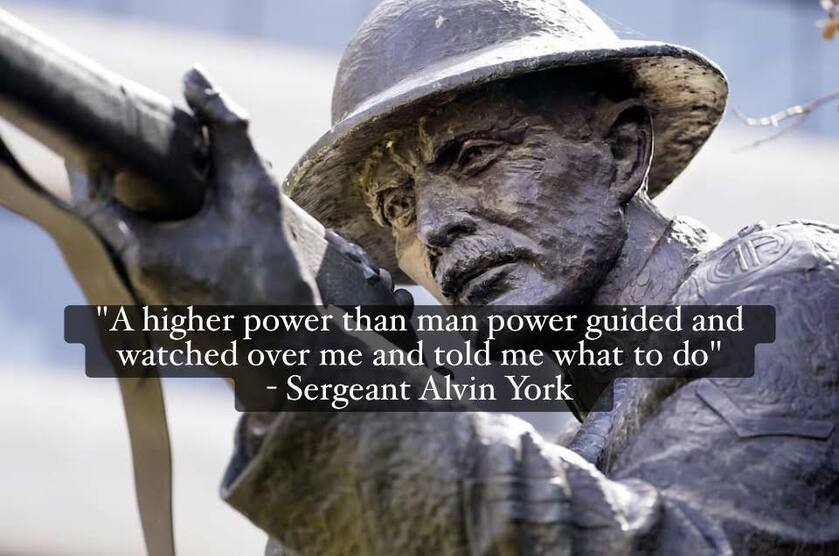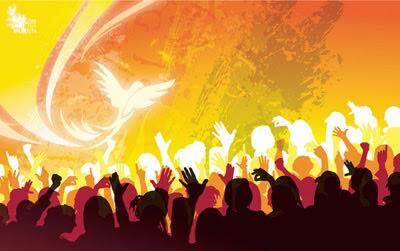From the Empty Cross to the Throne of Glory: Reflections on Christ’s Victory in Kairos
Our time today at the Kairos prison ministry 2 Day reunion was marked by many inspiring moments of joy, instruction, and discovery. Our focus was on the Kairos community prayer. And in particular, an inspiring conversation was shared by the prison residents.
During our table chapel, prayer and share, we were all discussing what the cross represents for us. While we're in these circle-up group conversations, the process is whoever is in possession of our table cross, they have the attention of everyone else, and they are encouraged to talk about whatever is on their heart.
This one individual I have in mind held that cross during his time and used it to illustrate his point. Which was that the cross was empty, nothing left on there. There wasn't a hand still nailed there. There wasn't a foot still nailed there. Not an eye or an ear still clinging to it. All of Him is now gone off of it. Gone and NOW on His throne in glory. Not on that cross. And his point was this, that this is how we should leave him. Not try and keep him hanging up there with our continued disobedience. Not trying to keep a hand there that represents our own handiwork. Not a foot representing our coming and going and doing something under our own power. And certainly not having Jesus still hanging there being crucified over and over again.
The image of the empty cross as a symbol of Christ’s victory and ascension to the throne really resonated with me, especially coming from someone in that environment and community. It’s a powerful reminder that the resurrection isn’t just an event in human history but an ongoing reality: Jesus isn’t bound to suffering or our attempts to "nail" Him back down to earth with our own efforts, whether that’s through works (the hand), actions (the foot), or reliving the crucifixion without embracing the glory that followed. The theme of the empty cross, symbolizing that Christ is no longer suffering but has triumphed through resurrection and ascension, permeates the New Testament. It underscores the finality of His sacrifice and His current exalted position.
It echoes passages like Hebrews 10:12-14, where it talks about Christ offering one sacrifice for sins forever and then sitting down at the right hand of God, or Revelation 5 depicting Him on the throne as the Lamb who was slain but now lives.
During that same prayer and share group another resident built on that theme by asking the group this question:
"Do you all recall that part in Revelation when John was at Christ's throne in his vision and he cried?"
He looked around at each of us and I finally answered,
"Yeah, I believe he cried because no one was worthy."
The resident smiled and shouted,
"I knew God was telling me this is the time to mention this,"
And so, I followed up with,
"I think he cried because he looked around at everything and no one was worthy, but The Lamb...Jesus."
He's worthy to open the scroll. He's on the throne, not the cross. He in His glory, we aren't capable of producing that effect no matter how much good we do. We are in His glory. We are made holy by His righteousness, not ours. Not by our merit or others, not by anything we do. We are only seen as holy when we are seen in Him.
it’s incredible how these moments in Kairos build on each other, weaving personal stories with profound biblical truths. The resident’s reference to John weeping in Revelation ties seamlessly into the empty cross motif: it shifts our gaze from the crucified Christ to the exalted, worthy Lamb on the throne. This isn’t just about victory; it’s about recognizing our unworthiness apart from Him, which fosters deep humility and gratitude.
The scene described comes directly from Revelation 5, a pivotal chapter that contrasts human inadequacy with Christ’s supreme worthiness. It builds on the idea that the cross’s emptiness points to a fulfilled purpose, now manifested in heavenly authority (Revelation 5:1-14). John weeps over our universal unworthiness (echoing humanity’s fallen state), but the Lamb, bearing the marks of slaughter yet alive and standing, steps forward.
As mentioned before (Hebrews 10:12-14). Christ’s single sacrifice leads to Him
"Sitting down at the right hand of God."
And Revelation 5 amplifies this by showing Him actively taking the scroll, unfolding God’s redemptive plan, from the throne, and affirming the finality of His work. Just as John the Baptist said,
John 1:29
"Look, the Lamb of God, who takes away the sin of the world!"
Christian traditions have long interpreted Revelation 5 as a cornerstone for worship, liturgy, and art, often emphasizing themes of worthiness and throne-centered faith over cross-fixation. The resident went on to comment,
"If folks really wanted to carry a symbol of Christ's work, they'd be better off wearing a depiction of Jesus as a lamb on his throne in glory."
Ironically, Saints like Teresa of Ávila used this imagery in mystical writings to encourage detachment from self-effort, focusing on divine worthiness. The "Agnus Dei" (Lamb of God) prayer in the Mass directly quotes John 1:29 and echoes Revelation 5, invoking Christ’s mercy and peace from the throne. In Eastern Orthodox tradition, this informs the Divine Liturgy, where the Eucharist celebrates the Lamb’s victory, not re-sacrifice. Icons of the "Pantocrator" (Christ in glory) or "Lamb of God" often depict Him enthroned, drawing from Revelation to inspire awe and humility. And church fathers like Irenaeus (2nd century) and Augustine (4th-5th century) saw the Lamb as the fulfillment of Old Testament sacrifices, with the throne representing Christ’s eternal priesthood. So, it's not like they don't get it, they do, but for whatever reason the focus often remains that Christ is still on his cross, not quite finished yet.
This isn’t about denying the "finished" nature of His work or suggesting He’s perpetually crucified; rather, it stems from theological, historical, and devotional priorities that highlight the sacrificial aspect of salvation. And I get it when my orthodox and Catholic brothers and sisters lean into this. I understand that it's meant to evoke meditation on the Incarnation (God becoming flesh to suffer for humanity) and the redemptive power of that sacrifice. As it should be. Theologically, it’s a reminder that while the sacrifice is complete and once-for-all (as in Hebrews 10:12-14), its fruits are ongoing.
In contrast, many Protestant traditions prioritize the empty cross. Probably one of the main reasons I'm Protestant and no longer Catholic (I'm a bad Catholic). Mainly to underscore the resurrection’s triumph and the finality of Christ’s work, "It is finished" (John 19:30), avoiding any potential implication of ongoing crucifixion. I know about Christ's sacrifice; I want to focus however on victory in his resurrection. The cross was for putting sin to death, the resurrection represents eternal life. I choose to focus on life.
As I see it, it’s clear this isn’t about division but a personal resonance with the "It is finished" declaration in John 19:30, choosing to center on the life-giving power of Easter morning over the agony of Good Friday. In a way, it mirrors the Kairos conversations we've been exploring different perspectives enriching the community, all pointing to the same Savior.
In the Kairos prison ministry, this diversity can be our strength, residents from various backgrounds sharing how the empty cross or throne imagery brings them freedom, much like the resident’s point about not "nailing" Christ back onto the cross through our own efforts. It invites all to choose life in His victory, regardless of the symbol.
Prayer:
Heavenly Father, thank You for the empty cross that declares "It is finished," and for the risen Lamb who reigns worthy on Your throne. As we reflect on Your sacrifice and triumph, help us leave behind our efforts and disobedience, choosing instead the eternal life You offer through Jesus. May this truth inspire our hearts, especially in communities like Kairos, to live in Your victory and grace. In the name of the Lamb who was slain but lives forever, Amen.

